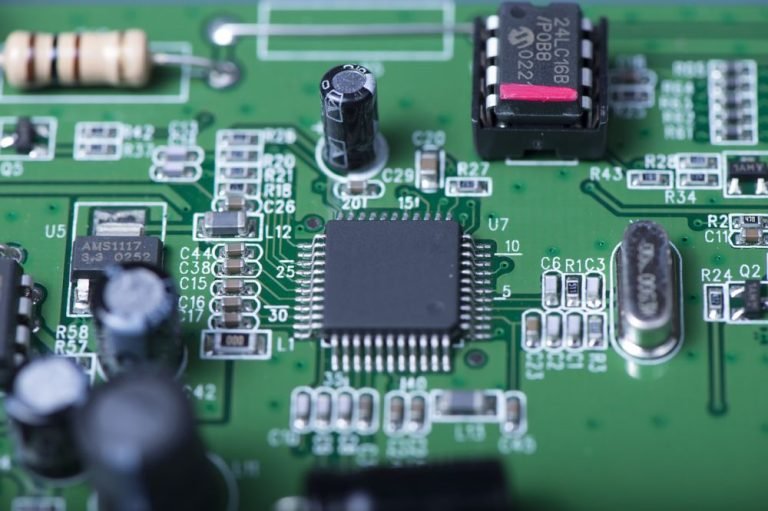The Turkish utility model law, governed by Industrial Property Law No. 6769, offers a unique avenue for protecting innovations in Turkey. This intellectual property right is particularly valuable for technical inventions that may not meet the stringent requirements for patent protection.
When considering utility model protection in Turkey, it’s crucial to understand the nuances of the application process, examination procedures, and enforcement mechanisms.
Table of Contents
Turkish Utility Model Law: A Comprehensive Guide
The Turkish Patent and Trademark Office (TURKPATENT) handles utility model applications, conducting a formal examination without scrutinizing novelty or inventive step. This streamlined process allows for quicker registration compared to patents, typically within 6-12 months.
However, the lack of substantive examination means that the validity of a utility model may be challenged in court if enforced against a third party.
Turkish utility model law provides protection for a non-renewable period of 10 years, making it ideal for innovations with shorter market lifespans. The law also allows for strategic IP management through the possibility of converting between utility model and patent applications.
It’s important to note that while utility models offer a lower threshold for inventive step compared to patents, they still require novelty and industrial applicability. Inventors and businesses should carefully consider whether their innovation meets these criteria and whether utility model protection aligns with their long-term IP strategy in the Turkish market.

What is a Utility Model?
A utility model is a form of intellectual property right that protects new technical inventions. In Turkey, utility models offer a faster and more cost-effective alternative to patents for protecting innovations with a shorter commercial lifespan.
Key Features of Turkish Utility Model Law:
Protection Criteria:
- Novelty
- Industrial applicability
- Inventive step (lower threshold compared to patents)
Duration of Protection:
- 10 years from the application date
- Non-renewable
Application Process:
- Formal examination only
- No substantive examination of novelty or inventive step
Conversion:
- Utility model applications can be converted to patent applications and vice versa
Exclusions:
- Methods, chemical substances, and biotechnological inventions are not eligible for utility model protection
Benefits of Utility Models in Turkey:
- Faster registration process
- Lower costs compared to patents
- Suitable for incremental innovations
- Provides legal certainty for SMEs and individual inventors
Enforcement and Litigation:
Turkish law provides utility model holders with similar enforcement rights as patent holders. Infringement actions can be brought before specialized IP courts in Turkey.
Recent Developments:
The Turkish Patent and Trademark Office continues to refine its practices to align with international standards and enhance the efficiency of the utility model system.
Understanding the nuances of Turkish utility model law is essential for businesses and inventors seeking to protect their innovations in Turkey. For personalized advice on utility model protection strategies, consider consulting with an experienced IP law firm.

Contact us for Turkish Utility Model Law Services
Turkish utility model law provides a valuable alternative to patent protection for innovative technical solutions. Under the Industrial Property Law No. 6769, utility models offer a faster registration process and lower costs, making them particularly attractive for small and medium-sized enterprises.
With a 10-year protection period and a focus on novelty and industrial applicability, utility models can be an effective tool for safeguarding incremental innovations in the Turkish market.
However, navigating the complexities of utility model applications, examinations, and potential conversions to patents requires expert guidance. For personalized advice on how to leverage Turkish utility model law to protect your innovations effectively, we invite you to contact Ata Patent Group.





